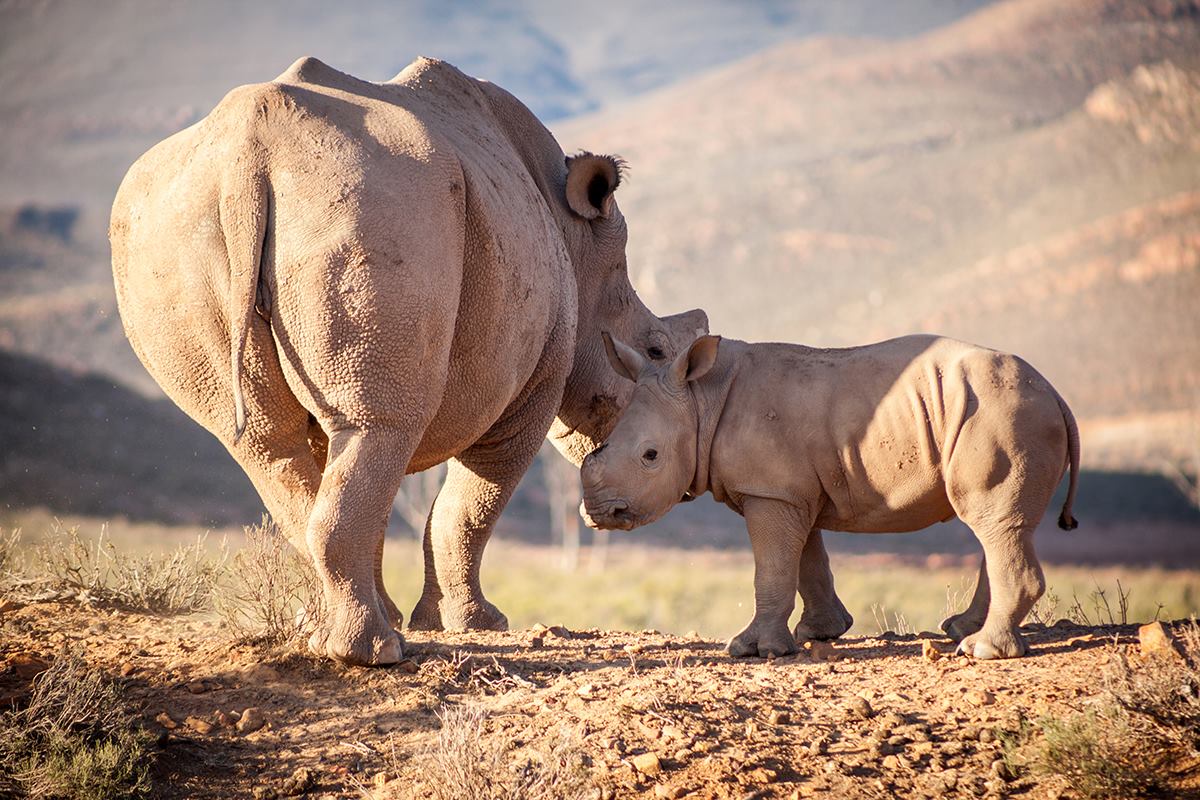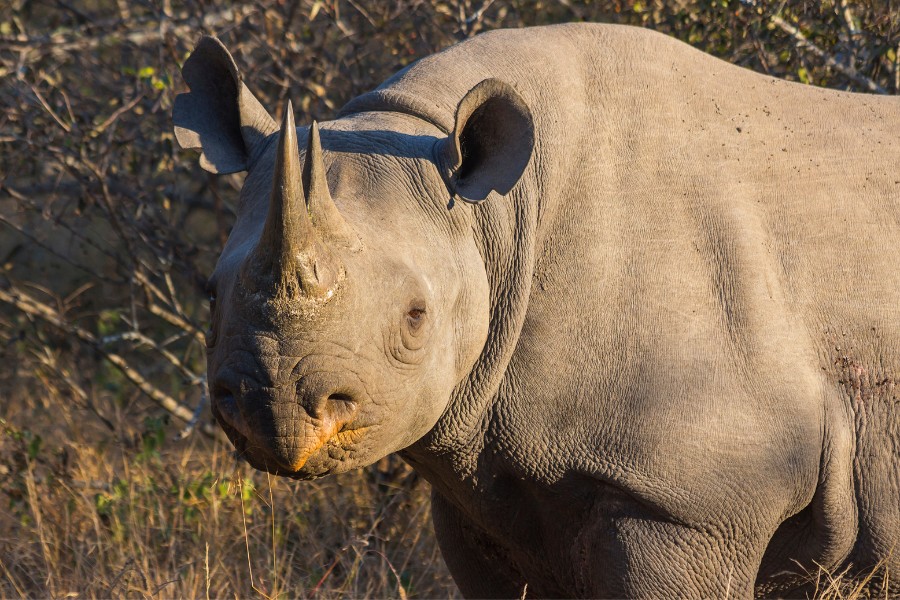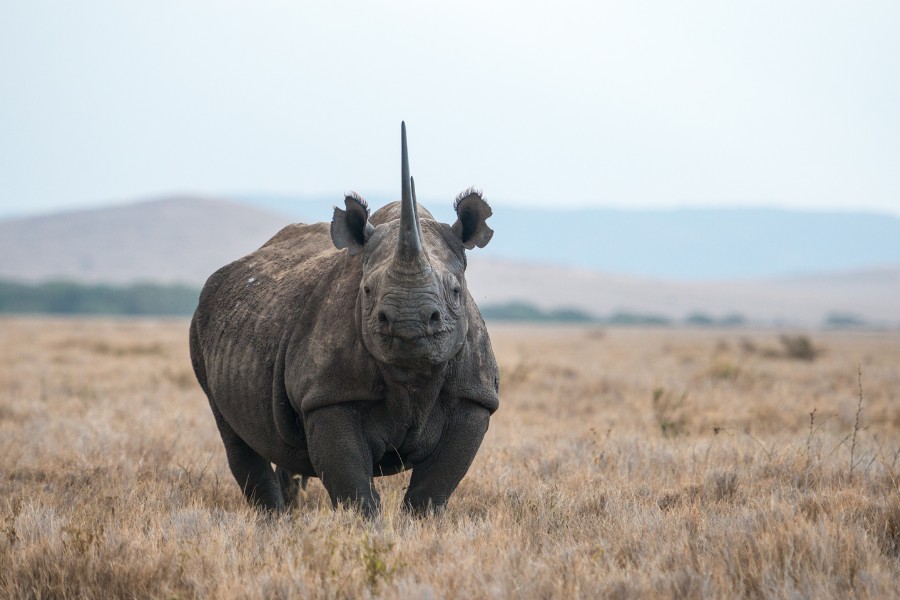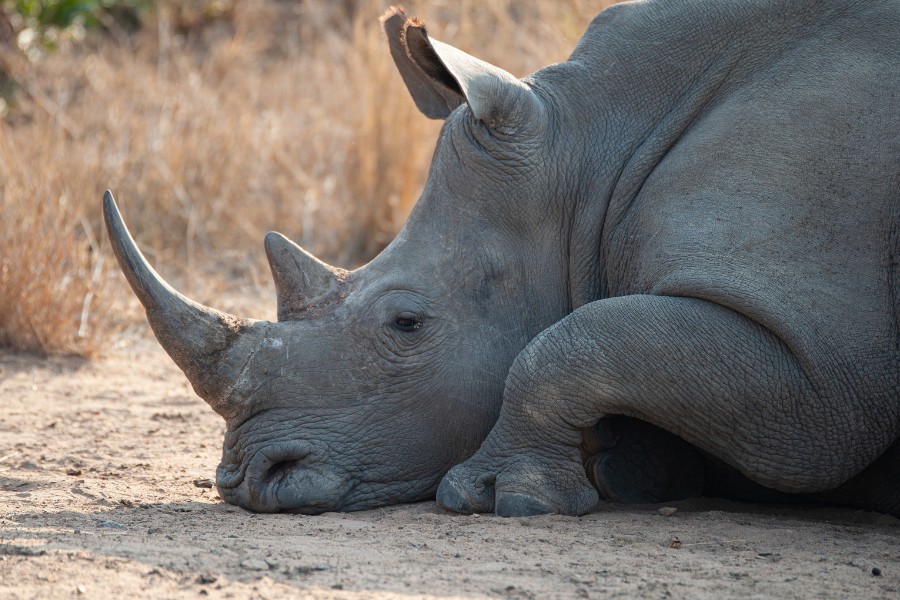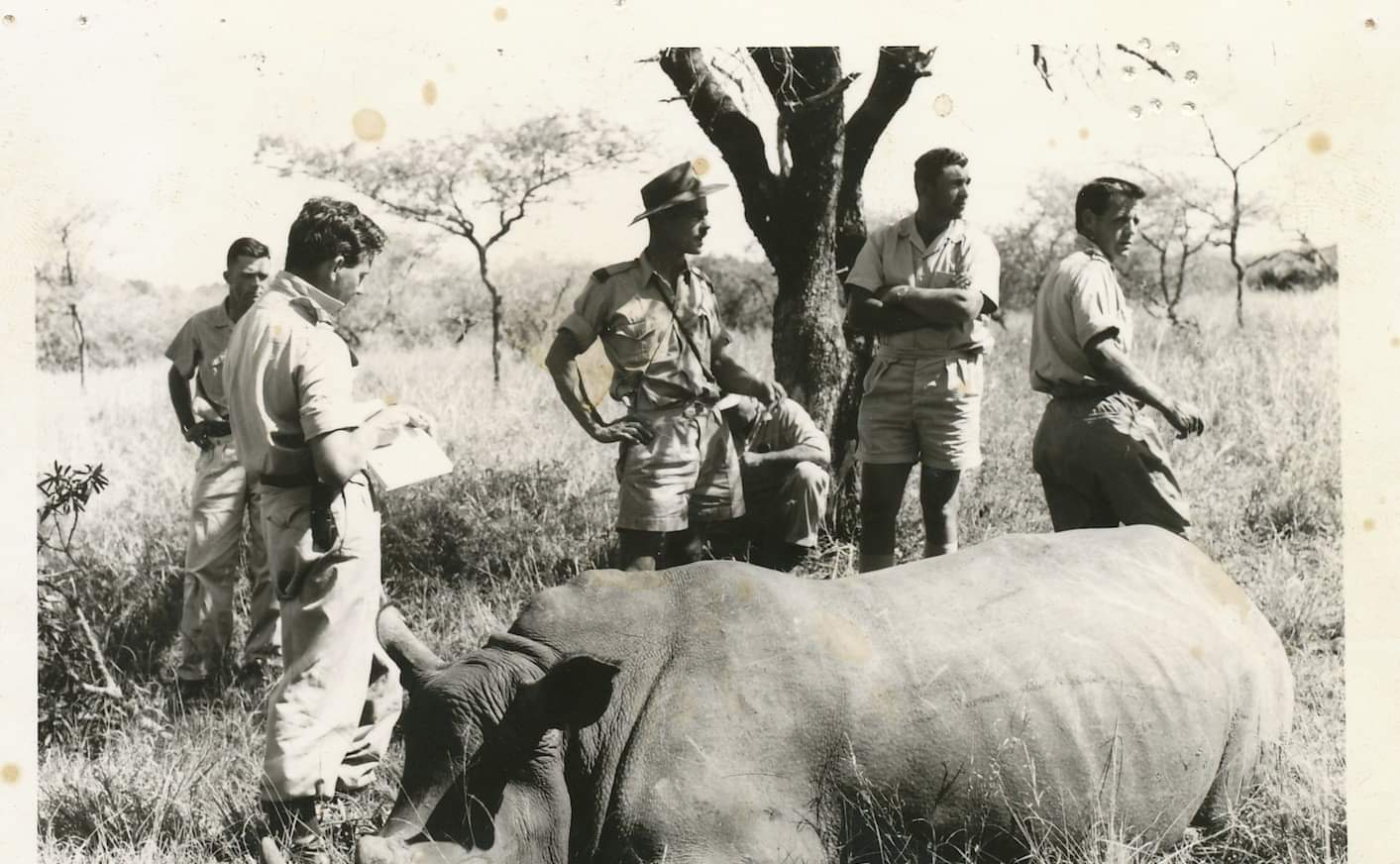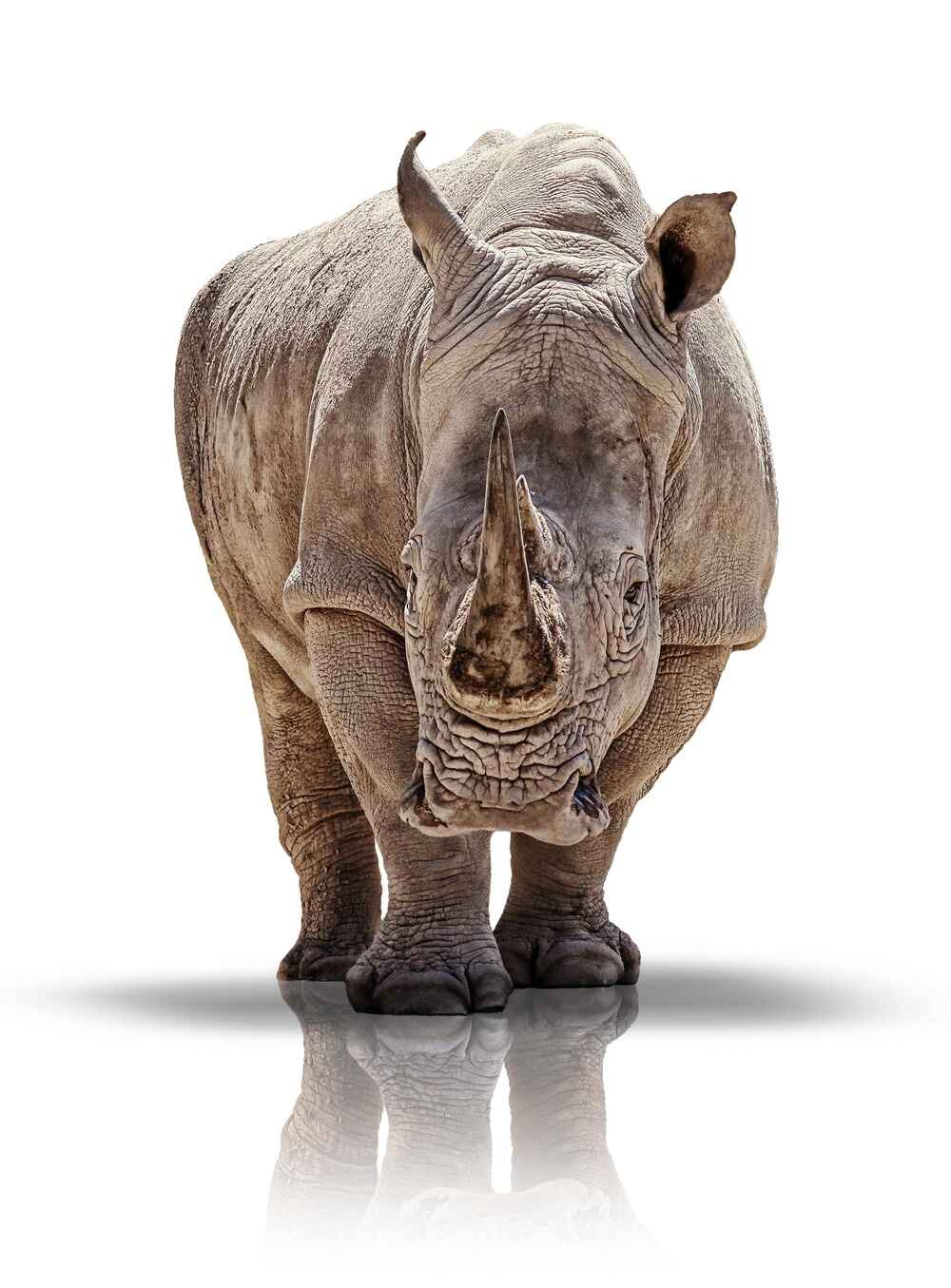In recent years, Africa’s private reserves have emerged as significant players in the fight against rhino poaching. While rhino populations in government and state-owned parks continue to plummet due to the horrors of wildlife poaching, unchecked corruption, and poor distribution of funds, private reserves and communal wildlife conservancies are holding their ground and doing everything they can to rescue and protect Africa’s endangered rhinos.
A new study, titled: “Importance of private and communal lands to sustainable conservation of Africa’s rhinoceroses”, published in the journal “Frontiers in Ecology and the Environment“, reveals that over half of Africa’s rhinos now reside on private and communal lands. This trend is particularly evident in South Africa, where private ownership surpasses state holdings, with 8,000 white rhinos under private care compared to less than 5,000 in 2012.
“We aggregated African rhino population data, highlighting the growing role of private and community rhino custodians, who likely now conserve > 50% of Africa’s rhinos,” says the study, lead-authored by Hayley Clements of the Universities of Helsinki and Stellenbosch. Dave Balfour, a widely regarded South African expert on rhino conservation, is one of the co-authors.
“As the role of private and community custodianship becomes increasingly central to the protection of Africa’s remaining rhinos, its resilience must be strengthened through implementation of adaptive policies that incentivise rhino conservation,” they write.
Hayley Clements and Dave Belfour went on to stress the important and urgent need for incentives and “adaptive policies” to be introduced. These policies should incentivise private and communal landowners to continue their conservation efforts, while acknowledging the complexities, risks, and funds involved in the continuous upkeep of megafauna, as well as the desperate need to equip 24 hour armed patrols to protect vulnerable herds from wildlife poachers.
“Until the past decade, by far the largest populations of South Africa’s rhinos were found in the state-run Kruger National Park. The park has, however, become a poaching hotspot, with figures released in 2021 signalling 76% and 68% declines in the white rhino and black rhino populations over the past decade, respectively.”
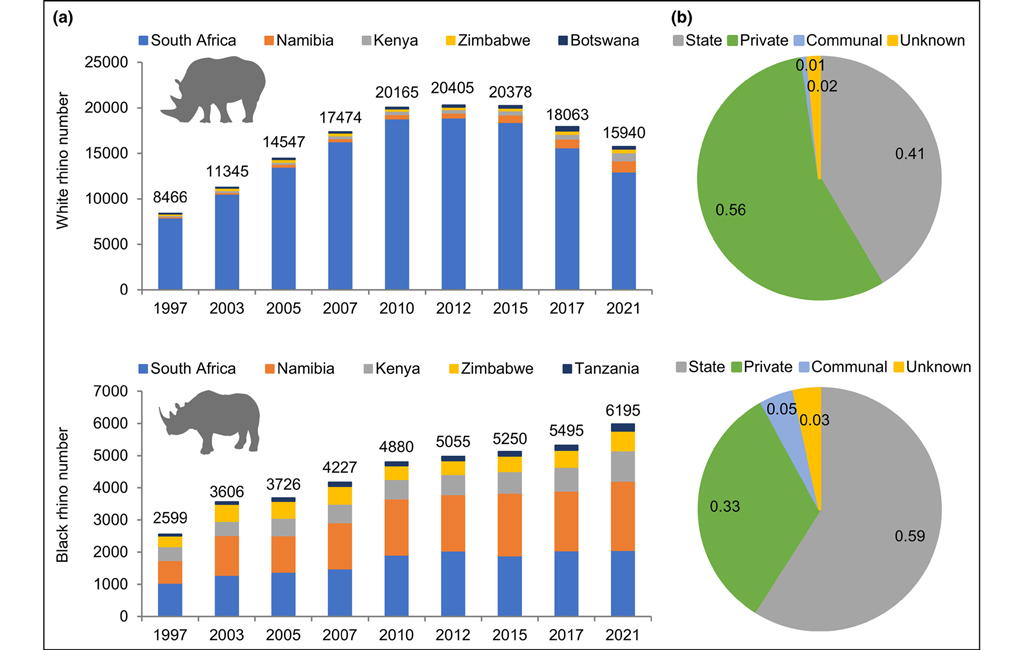
The Success of Private Rhino Conservation
- Increased security: Private reserves often dedicate more resources to security compared to state owned parks, effectively deterring poachers seeking easier targets. Without government or state interference, an increased availability of funds and better distribution of resources in private and communal lands is evident.
- Smaller Reserves: Individually, private and communal owned game reserves are smaller in size compared to state owned reserves. Smaller reserves are not only easier to patrol and secure against poachers, but are often home to smaller herds and fewer animals, making it easier to introduce 24 hour armed patrols.
- Economic incentives: Revenue generated from wildlife tourism and controlled hunting on private lands provides financial support for conservation efforts.
- Community Support: Private reserves and communal owned lands often have the support of surrounding communities and nearby towns, which directly benefit from increased tourism and job creation to the area. Private reserves are also more involved in community upliftment programmes and wildlife education initiatives, which serve as part of their community outreach incentives.
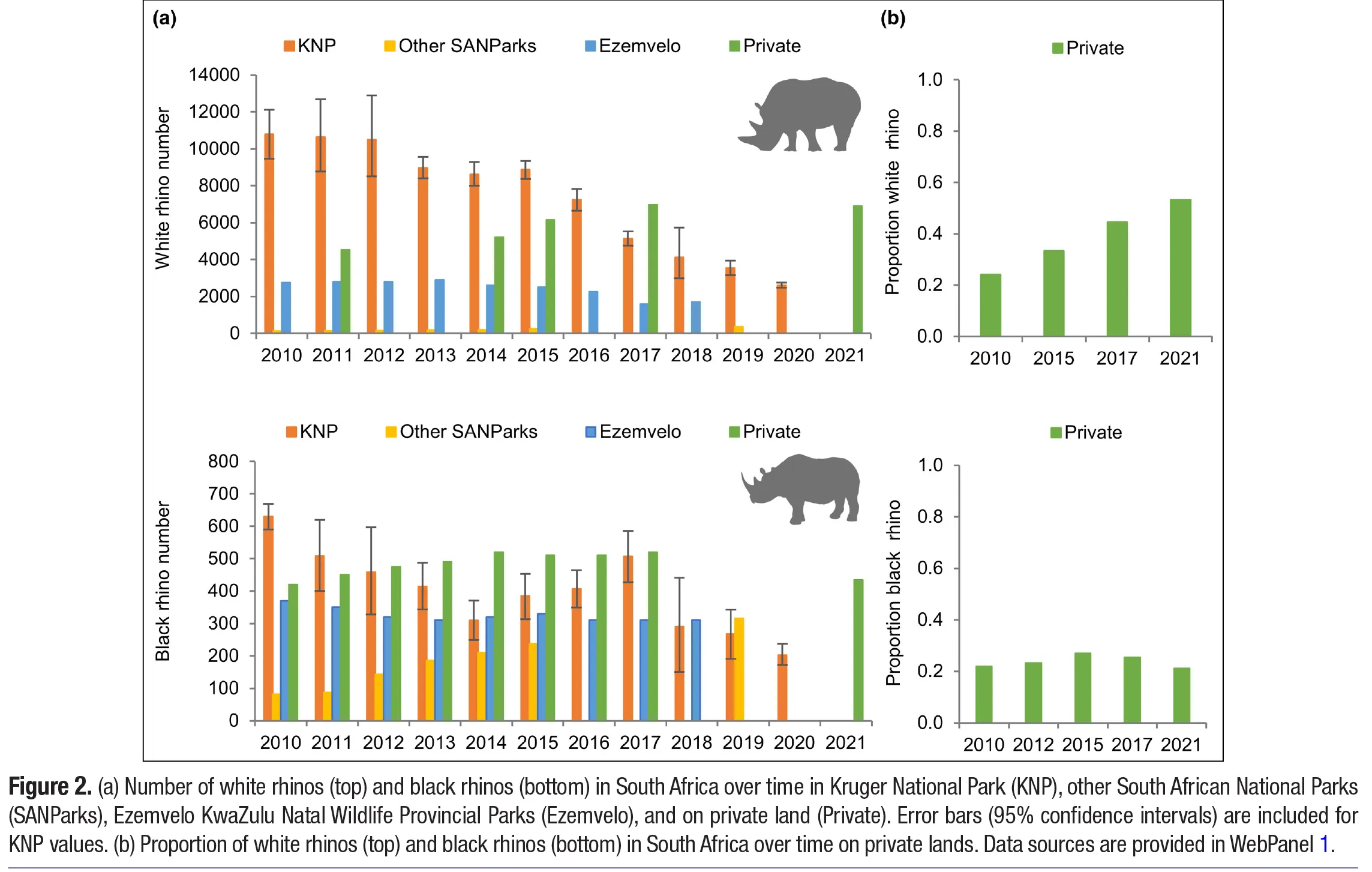
The Cost of Rhino Protection
The study goes through great detail establishing the immense burden poaching has on Africa’s wildlife populations, as well as the significant cost anti-poaching initiatives place on both state-owned and private-owned sectors.
“Reestablishing rhinos on private and communal lands outside poaching hotspots over the past half-century appears to have effectively spread poaching risk across many, typically smaller properties. In South Africa over the past half decade, poaching losses have been lower on private land (0.5% of private white rhinos poached in 2019) than in Kruger National Park (6.1%) and provincial parks (3.1%)”, the authors state.
“We could find only one published figure for what SANParks spends toward fulfilling their stated objective of “Sustainable rhino populations monitored and increased”: ZAR 25.6 million (US$1.7 million) or ZAR 8600 per rhino (US$520 per rhino) in 2020 (SANParks 2021).” Hayley and Dave go on to stress the increasing cost of protecting rhinos against the increasing demand and price for rhino horn on the black market. “Even if this is an extremely conservative figure, it is markedly less than the average spent by private properties on rhino security: ZAR 28,600 per rhino (US$2200 per rhino) in 2017.
The Challenges Affecting Private Reserves
- Sustainability: Maintaining high levels of security on private reserves can be expensive, potentially leading to consolidation within the ownership structure as smaller players struggle with costs.
- Ethical considerations: The study acknowledges the ongoing debate surrounding “intensive management” practices on private reserves, which may involve controlled breeding and fenced enclosures. Additionally, the controversial topic of trophy hunting is addressed, highlighting its potential role in generating revenue for conservation while acknowledging ethical concerns and the need for responsible regulations.

